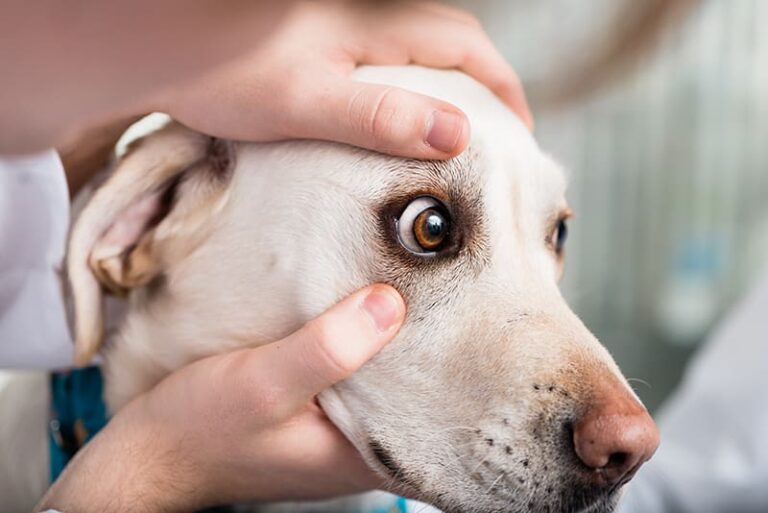If your dog is bumping into things, developing cloudy eyes, or having difficulty navigating familiar spaces, they may be going blind. Other signs to look out for include reluctance to move around, increased clumsiness, and changes in behavior or personality.
These may indicate vision loss and necessitate a visit to the vet for a thorough eye examination. Regular check-ups and early detection can help manage a dog’s blindness effectively. As a pet owner, it’s crucial to be vigilant about any unusual behaviors or physical changes in your dog and seek professional help promptly if you suspect they may be going blind.
Understanding the signs and taking proactive steps can make a significant difference in your dog’s quality of life.
Signs Your Dog May Be Going Blind
If you notice your dog exhibiting unusual behaviors such as bumping into furniture, walls, or objects, it could be a sign of vision impairment. Additionally, if your dog is having difficulty navigating previously familiar spaces, this may indicate a visual problem. Another sign to look out for is the appearance of cloudy eyes, which can be an indicator of a progressive vision issue.
Diagnosing Canine Blindness
When diagnosing if your dog is going blind, it’s essential to seek a veterinary examination. A qualified vet can perform a series of specialized eye tests to assess your dog’s vision. These tests may include measuring the response of the eyes to light and evaluating the structure of the eyes.
Additionally, regularly observing your dog’s daily activities can also provide valuable insights into their vision health. Pay attention to how they navigate their surroundings and if they appear to have difficulty with tasks they previously handled with ease.
Coping Strategies And Solutions
Environmental Adaptations: Ensure your dog’s living space is free of obstacles, and consider using textured paths or rugs to help them navigate. Supportive Care: Be attentive to your dog’s needs and provide extra comfort and reassurance, especially in unfamiliar surroundings. Specialized Training: Work with a professional trainer who has experience in guiding visually impaired dogs. Focus on improving their reliance on verbal cues and other senses.
:max_bytes(150000):strip_icc()/woman-hugging-blind-dog-1183888910-2000-29db3c5658f54980a37a3e56f9ce93a7.jpg)
Credit: www.dailypaws.com
Frequently Asked Questions Of How To Tell If Your Dog Is Going Blind
How Can You Tell If Your Dog Is Starting To Go Blind?
You can tell if your dog is going blind if they bump into things, have dilated pupils, or show reluctance to move in dim light. They may also develop cloudy or bluish eyes, display unusual behavior, or become easily startled.
Regular vet check-ups can catch vision issues early.
How Do You Check A Dog’s Vision?
To check a dog’s vision, observe their behavior for signs of vision problems and schedule regular eye exams with a veterinarian. Look for cloudiness, bumping into objects, or squinting. Keep their eyes clean and watch for abnormal discharge. If you notice changes, consult a vet for a thorough examination.
Can A Dog Survive Going Blind?
Yes, a dog can survive and adapt to blindness with the right support and care. They can still lead happy and fulfilling lives with adjustments and training. Regular veterinary checkups and a safe environment are essential for their well-being.
What Do Early Stage Cataracts Look Like In Dogs?
Early stage cataracts in dogs appear as cloudy areas in the eye lens. They may not affect vision at first, but can progress. Regular eye exams are important for early detection.
Conclusion
Now that you know the signs and symptoms to look out for, you can take the necessary steps to ensure your dog’s well-being. Remember to consult a veterinarian if you suspect that your furry friend may be experiencing vision loss.
By staying observant and proactive, you can provide the best care for your visually impaired pup.



